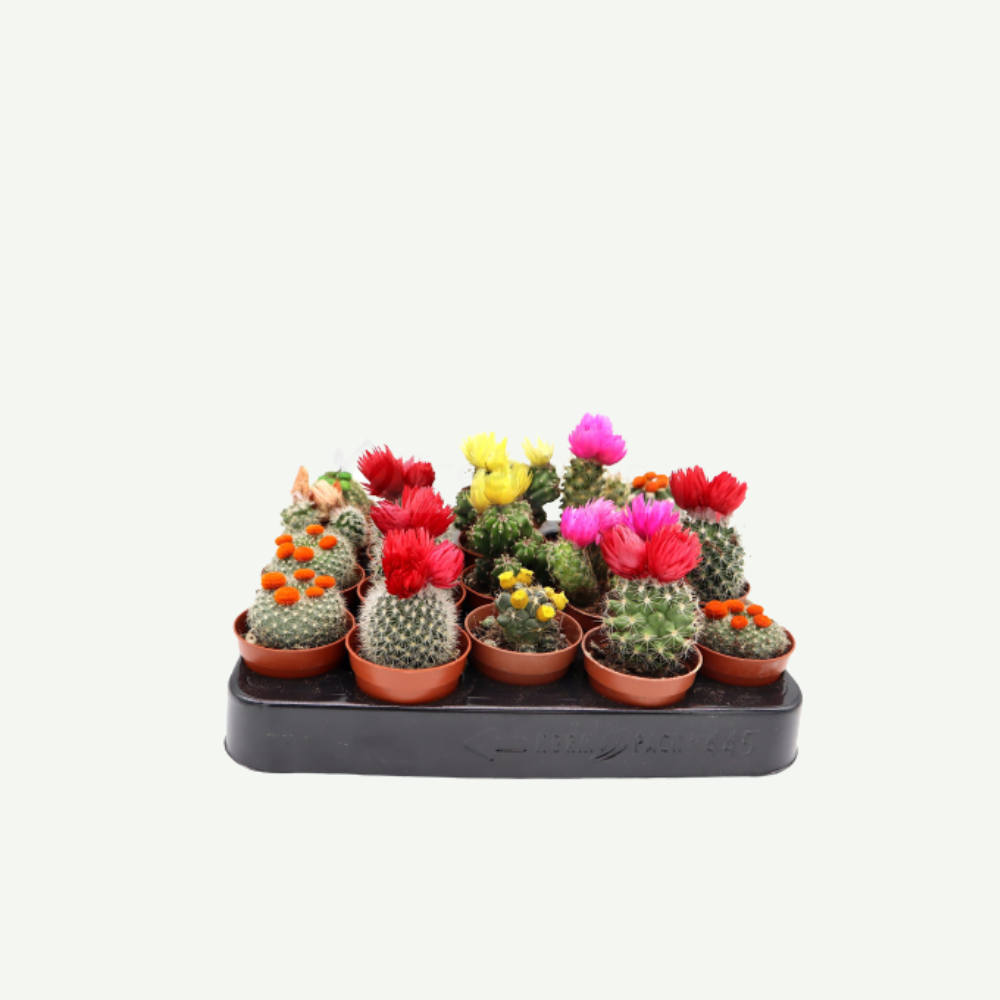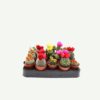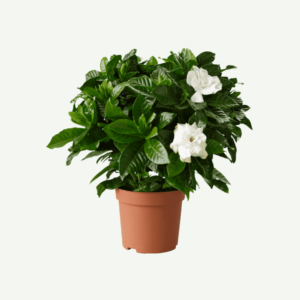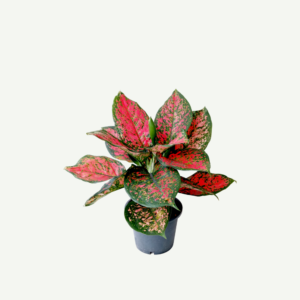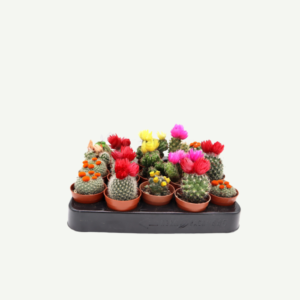Stenocactus & Discocactus – Indoor Cactus a genus of small to medium-sized cacti native to Mexico, Brazil and neighboring regions
Stenocactus:
It is a genus of small to medium-sized cacti native to Mexico. These cacti are known for their globular or cylindrical shape and distinctive ribs, which can be straight or slightly spiraled. Stenocactus plants typically have a central spine and several radial spines, and some species produce beautiful flowers in various colors. They are popular among cactus enthusiasts for their unique and attractive appearance.
Discocactus:
It is another genus of cacti, primarily found in Brazil and neighboring regions. These cacti are characterized by their flat, disc-shaped bodies with pronounced ribs and dense spination. The spines are usually arranged in a star-like pattern, radiating from the center of the disc. Some Discocactus species produce stunning and often fragrant flowers that bloom from the top of the disc. These cacti are valued for their unusual shape and striking flowers.
Care of Stenocactus and Discocactus:
Light : Stenocactus prefers bright, indirect sunlight. In their natural habitat, they often grow under the protection of other plants. Protect them from intense, direct sunlight, especially during the hottest part of the day.
Temperature : Keep your Stenocactus in a warm environment. They thrive at temperatures between 70°F to 100°F (21°C to 38°C) during the growing season. They can tolerate cooler temperatures in the winter, but avoid exposing them to frost.
Soil : Plant Stenocactus in a well-draining cactus or succulent mix. You can also create your own mix by adding sand or perlite to regular potting soil to improve drainage.
Watering : Water sparingly. Allow the soil to dry out almost completely between waterings. During the growing season (spring and summer), water when the top inch or so of the soil is dry. Reduce watering in the winter, as the plant goes dormant.
Humidity : Stenocactus doesn’t require high humidity levels. They are well-suited for arid conditions.
Potting : Repot your Stenocactus only when it has outgrown its container or when it’s necessary due to deteriorating soil. The best time for repotting is in the spring.
Fertilization : Feed your Stenocactus with a diluted, balanced, liquid cactus fertilizer during the growing season. Follow the recommended instructions on the fertilizer packaging.
Pests and Diseases : Keep an eye out for common cactus pests like mealybugs, scale insects, and spider mites. Treat any infestations promptly with insecticidal soap or neem oil.
Characteristics of Stenocactus :
Growth Habit : Stenocactus species are typically solitary, globular or cylindrical cacti with a relatively small size compared to some other cactus genera. Some species may cluster but remain relatively small.
Stems: Stenocactus plants have ribbed or angled stems with well-defined ridges and furrows. The ribs can vary in number depending on the species.
Spines: Stenocactus can have spines of various lengths, colors, and arrangements. Some species have short, bristle-like spines, while others have longer, more prominent spines.
Flowers: Stenocactus species produce colorful, funnel-shaped flowers that can vary in size and color, including shades of pink, red, and yellow. The flowers emerge from the apex of the cactus.
Fruit: After flowering, Stenocactus can produce small, round fruit that may contain seeds.
Habitat: They are native to arid and semi-arid regions of Mexico. These cacti are well-suited to dry, desert-like environments.
Characteristics of Discocactus:
Growth Habit: Discocactus species are typically small to medium-sized cacti with a flattened or disc-shaped body, giving them their name. They are often solitary or grow in clusters.
Stems: Discocactus plants have flattened stems with distinctive rounded or oval shapes. The stem surface is often covered in small bumps or tubercles.
Spines: These cacti usually have short, hair-like spines, often in clusters, which are more for protection than for photosynthesis.
Flowers: Discocactus species are known for their large, showy, and brightly colored flowers. These flowers are typically funnel-shaped and can range in color from white and pink to various shades of purple.
Fruit: After flowering, Discocactus can produce small, globular fruit with a woody texture that may contain seeds.
Habitat: Discocactus species are primarily native to eastern and northeastern regions of Brazil. They are often found in rocky or sandy soils in semi-arid areas.
Conclusion:
Both Stenocactus and Discocactus are prized for their unique and attractive appearances, including their distinctive stem shapes and colorful flowers. While they share some similarities, they also have differences in terms of their stem structures and overall growth habits. Proper care and attention to their specific needs can help these cacti thrive and produce their striking blooms.
